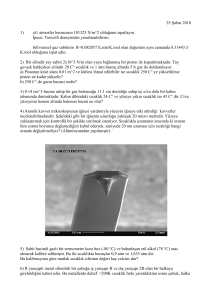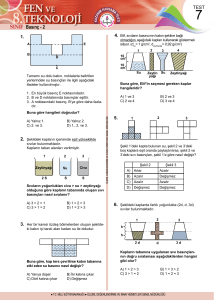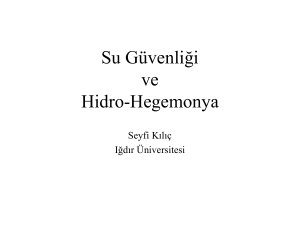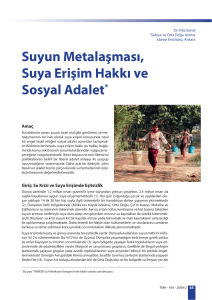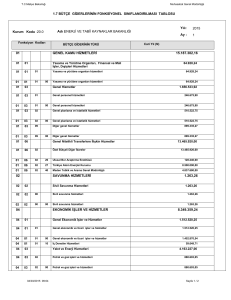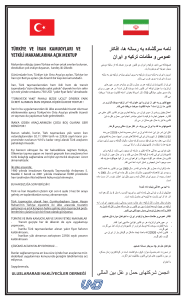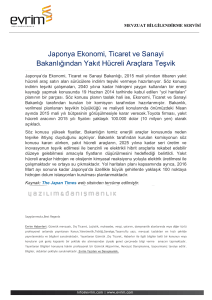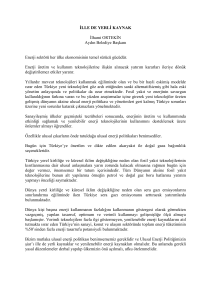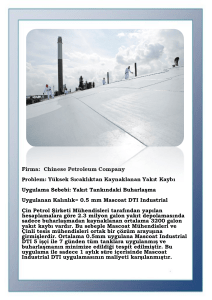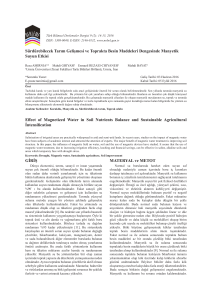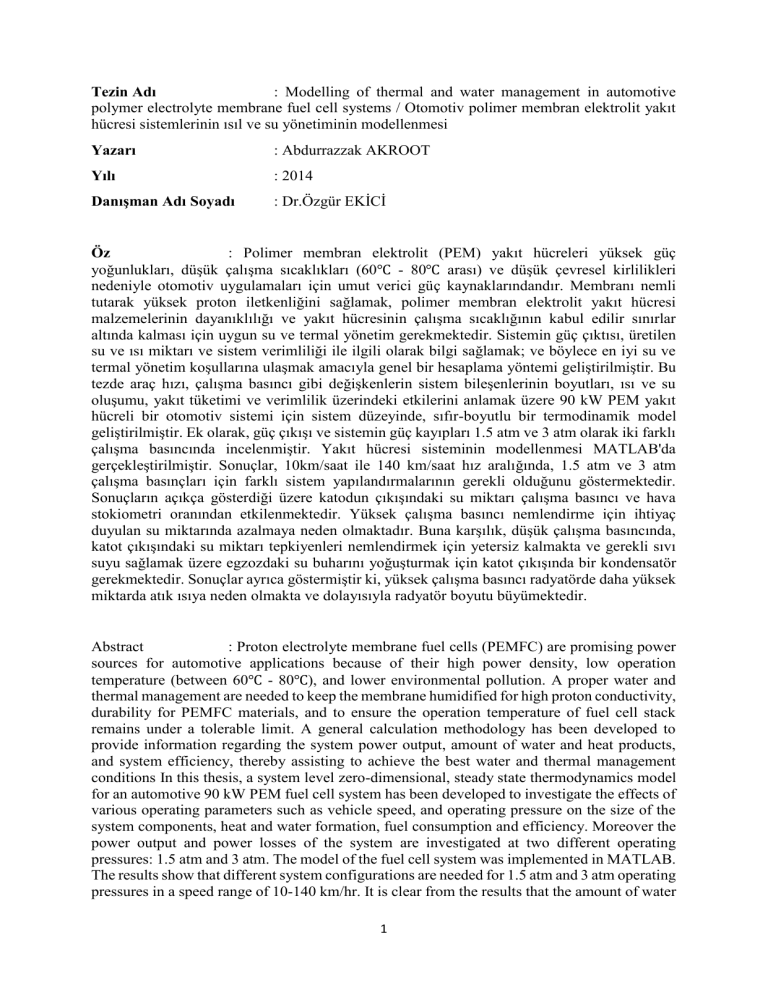
Tezin Adı
: Modelling of thermal and water management in automotive
polymer electrolyte membrane fuel cell systems / Otomotiv polimer membran elektrolit yakıt
hücresi sistemlerinin ısıl ve su yönetiminin modellenmesi
Yazarı
: Abdurrazzak AKROOT
Yılı
: 2014
Danışman Adı Soyadı
: Dr.Özgür EKİCİ
Öz
: Polimer membran elektrolit (PEM) yakıt hücreleri yüksek güç
yoğunlukları, düşük çalışma sıcaklıkları (60℃ - 80℃ arası) ve düşük çevresel kirlilikleri
nedeniyle otomotiv uygulamaları için umut verici güç kaynaklarındandır. Membranı nemli
tutarak yüksek proton iletkenliğini sağlamak, polimer membran elektrolit yakıt hücresi
malzemelerinin dayanıklılığı ve yakıt hücresinin çalışma sıcaklığının kabul edilir sınırlar
altında kalması için uygun su ve termal yönetim gerekmektedir. Sistemin güç çıktısı, üretilen
su ve ısı miktarı ve sistem verimliliği ile ilgili olarak bilgi sağlamak; ve böylece en iyi su ve
termal yönetim koşullarına ulaşmak amacıyla genel bir hesaplama yöntemi geliştirilmiştir. Bu
tezde araç hızı, çalışma basıncı gibi değişkenlerin sistem bileşenlerinin boyutları, ısı ve su
oluşumu, yakıt tüketimi ve verimlilik üzerindeki etkilerini anlamak üzere 90 kW PEM yakıt
hücreli bir otomotiv sistemi için sistem düzeyinde, sıfır-boyutlu bir termodinamik model
geliştirilmiştir. Ek olarak, güç çıkışı ve sistemin güç kayıpları 1.5 atm ve 3 atm olarak iki farklı
çalışma basıncında incelenmiştir. Yakıt hücresi sisteminin modellenmesi MATLAB'da
gerçekleştirilmiştir. Sonuçlar, 10km/saat ile 140 km/saat hız aralığında, 1.5 atm ve 3 atm
çalışma basınçları için farklı sistem yapılandırmalarının gerekli olduğunu göstermektedir.
Sonuçların açıkça gösterdiği üzere katodun çıkışındaki su miktarı çalışma basıncı ve hava
stokiometri oranından etkilenmektedir. Yüksek çalışma basıncı nemlendirme için ihtiyaç
duyulan su miktarında azalmaya neden olmaktadır. Buna karşılık, düşük çalışma basıncında,
katot çıkışındaki su miktarı tepkiyenleri nemlendirmek için yetersiz kalmakta ve gerekli sıvı
suyu sağlamak üzere egzozdaki su buharını yoğuşturmak için katot çıkışında bir kondensatör
gerekmektedir. Sonuçlar ayrıca göstermiştir ki, yüksek çalışma basıncı radyatörde daha yüksek
miktarda atık ısıya neden olmakta ve dolayısıyla radyatör boyutu büyümektedir.
Abstract
: Proton electrolyte membrane fuel cells (PEMFC) are promising power
sources for automotive applications because of their high power density, low operation
temperature (between 60℃ - 80℃), and lower environmental pollution. A proper water and
thermal management are needed to keep the membrane humidified for high proton conductivity,
durability for PEMFC materials, and to ensure the operation temperature of fuel cell stack
remains under a tolerable limit. A general calculation methodology has been developed to
provide information regarding the system power output, amount of water and heat products,
and system efficiency, thereby assisting to achieve the best water and thermal management
conditions In this thesis, a system level zero-dimensional, steady state thermodynamics model
for an automotive 90 kW PEM fuel cell system has been developed to investigate the effects of
various operating parameters such as vehicle speed, and operating pressure on the size of the
system components, heat and water formation, fuel consumption and efficiency. Moreover the
power output and power losses of the system are investigated at two different operating
pressures: 1.5 atm and 3 atm. The model of the fuel cell system was implemented in MATLAB.
The results show that different system configurations are needed for 1.5 atm and 3 atm operating
pressures in a speed range of 10-140 km/hr. It is clear from the results that the amount of water
1
at the exit of cathode is affected by the operating pressure and air stoichiometry ratio. Higher
operating pressure causes a decrease in water needed for humidification process. On the other
hand, at lower operating pressure the water at the exit of cathode is not enough to humidify the
reactants and a condenser at the exit of the cathode is needed to condense the water vapor at the
exhaust to supply the required liquid water. The results also show that higher operating pressure
causes a large amount of heat rejected in the radiator and therefore increases the size of radiator.
2

